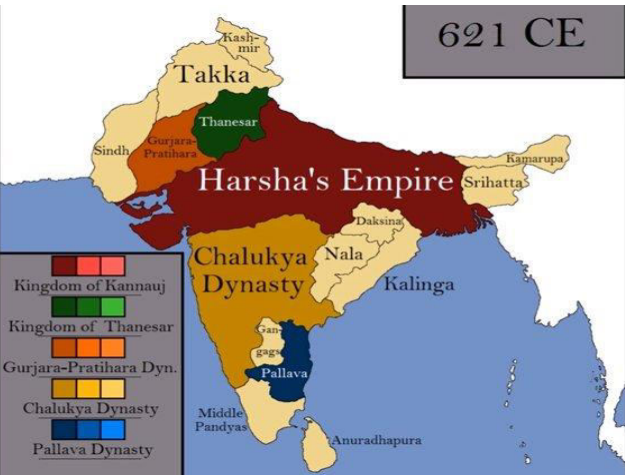Society After The Harsha Period – Notes For W.B.C.S Examination.
হর্ষ পর্বের পরে সোসাইটি – WBCS পরীক্ষার জন্য নোট।
- Two important trends continuing in society since the 7th century A.D. and onwards were.Continue Reading Society After The Harsha Period – Notes For W.B.C.S Examination.
- The continuity of the assimilation of foreign elements and
- The segregation of jati system.
Caste System
- There were four original varnas with several jatis, which were further subdivided into numerous subsections.
- Law of this period accepted birth, profession, and residence as the deciding factor in the determination of jati system.
- By the time, Brahmans came to be identified by their gotra, ancestor, branch of Vedic learning, original home, and village.
- The Kshatriyas also multiplied as a result of the assimilation of foreigners and other local people.
- Two important factors that raise the number of mixed jatis were −
- Transformation of a specific profession into jati and
- Increasing phenomenon of hypergamous unions between different jatis.
- Jatis were also formed on the basis of religious sects such as Lingayats, Virasaivas, Svetambaras, and Digambaras, etc.
- Chandalas were the most important representatives of Antyajatis, which were the lowest of all Jatis.
- The traditional professions related to four ‘Varnas’ were not rigorously followed during this period.
- There were Brahmans, who did not habitually confine their activity to studying, teaching, worshipping, and the performance of priestly functions.
- Vaisya Brahman lived by engaging himself in agriculture and trade.
- Sudra Brahman sells lac, salt, milk, ghee, honey etc.
- The kshatriyas, vaisyas, and sudras deviated from their traditional professions and formed several mixed castes.
- Kayasthas was an important class emerged as a jati during this period. Kayasthas were engaged as clerks of the administration, they were responsible for writing documents and maintaining records.
- Kayasthas emerges from the Mauryan period itself, but by the 7th century, they came to be regarded as distinct jati.
- The marriages were often arranged by parents or other guardians of the parties and sometimes girls chose their husbands. But generally, in marriage old rules as mentioned in the Smritis were followed.
- New ideas and practices regarding the remarriages were also seen. The words like ‘punarbhu’ and ‘didhishu’ were frequently used in the literature. This means, remarriage of a woman was permitted.
- The women’s right to inherit property was accepted by the authorities.
- The widow was entitled to succeed to the whole estate of her issueless and/or deceased husband.
Our own publications are available at our webstore (click here).
For Guidance of WBCS (Exe.) Etc. Preliminary , Main Exam and Interview, Study Mat, Mock Test, Guided by WBCS Gr A Officers , Online and Classroom, Call 9674493673, or mail us at – mailus@wbcsmadeeasy.in
Visit our you tube channel WBCSMadeEasy™ You tube Channel
Please subscribe here to get all future updates on this post/page/category/website



 Toll Free 1800 572 9282
Toll Free 1800 572 9282  mailus@wbcsmadeeasy.in
mailus@wbcsmadeeasy.in


















































































































